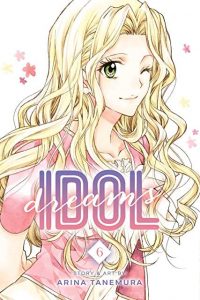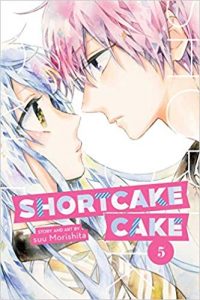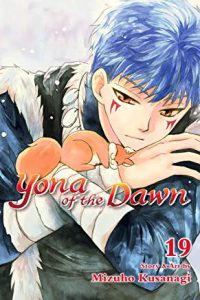Daytime Shooting Star Volume 2 by Mika Yamamori
I can usually tell if I’ll like a series after I read the first volume, but after two volumes I can more easily decide if I really like it. The second volume of Daytime Shooting Star still features plenty of angst over a potential student-teacher romance, but the supporting cast was featured a little more and I started to find this series endearingly quirky.
The second volume opens with the shoujo staple of a school trip, and when Suzume finds herself accidentally trapped in a ravine with Mamura the boy who is pathologically afraid of being touched by a girl, they actually have a couple moments of conversation. Suzume passes out just in time for Mr. Shishio to come to the rescue, and Yuyuka quickly figures out that Suzume has a crush when she visits her in the aftermath of the forest adventure. Yuyuka’s offhand gestures of friendship and blunt personality are a useful contrast to Suzume’s tendency to get lost in thought about her new life. There’s a hilarious scene when Suzume is studying and Yuyuka’s usual social mask slips as she launches into a tirade and Suzume grabs Mamura’s arm in a desperate attempt at distraction. Yuyuka then finds herself beset with a group of boys who follow her around in hopes of being berated. In the meantime, Mamura seems to have gotten over his fear of girls, but only with Suzume.
This volume sets up an entertaining soap opera with plenty of humor as well as more quiet moments of reflection. I’m also enjoying the art in Daytime Shooting Star, Yamamori’s character designs have a touch of whimsy, and she easily shifts from more cartoonish exaggeration to panels that highlight contemplation and internal emotion.





Recent Comments